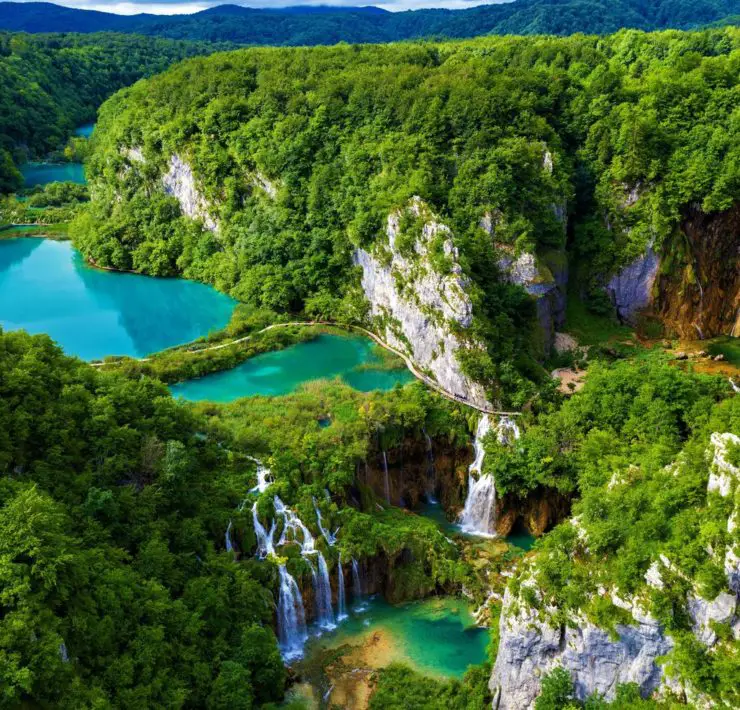A natural wonder, the Ojos del Salado that marks the border between Argentina and Chile never fails to grasp its viewer’s attention. Positioned in the Andes mountain range, the Ojos del Salado is the highest active volcano as well as the second highest mountain range in the Western Hemisphere. It is classified as a stratovolcano, meaning that over time it has layered itself with hardened lava and volcanic ash from its effusive, explosive eruptions. That’s a little scary when you think about it, but just because the Ojos del Salado is classified as ‘active,’ other than its height, it’s relatively harmless.
That doesn’t deter climbers, however. Ojos del Salado hasn’t had an eruption in a little over a thousand years, and it is an active sight from people that love the adventure in mountain climbing. People just can’t wait to conquer those twenty- two thousand feet above sea level and say they did what most would find impossible. What’s interesting about this beautiful mountain is that at its base, there is a gorgeous lake. The overall scenery of this area is phenomenal and can take anyone’s breath away.
It takes a little over a week to reach the glorious summit of Ojos del Salado, but the journey won’t be made without reward. Apart from the high altitudes and magnificent landscape, climbers will be greeted along the way by a multitude of exotic birds and other animals. Plateau birds, like the pink flamingos that Ojos del Salado is known for and the friendly ducks, are scattered along near the lagoons because they thrive and survive in the chilly temperatures.
Even if you aren’t much a climber or have a serious case of vertigo, the lagoons of Ojos del Salado are worth the hassle. They’re great along with the salt flats for exploration and family photos. The volcano was, in fact, given its name because the lagoons appeared to be eyes popping out along the area, all seeing and majestic. Their water is clean and clear. The most fascinating shade of green that invites onlookers to stop looking and come in to enjoy. The lagoons in question were created by huge salt deposits that have formed within the glaciers. Yes, glaciers.
When On Earth Magazine is for people who love travel. We provide informative travel guides, tips, ideas and advice regarding places to see, things to do, what to taste, and much more for world travelers seeking their next dream vacation destination.






